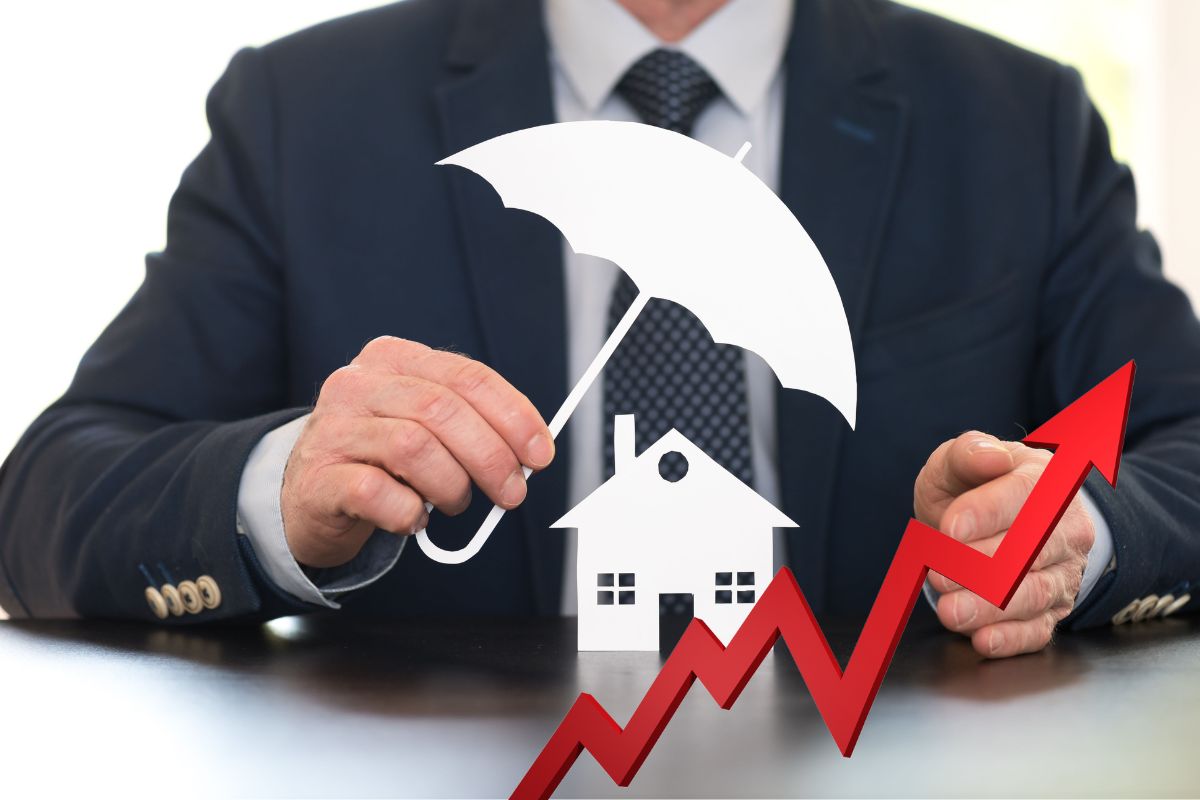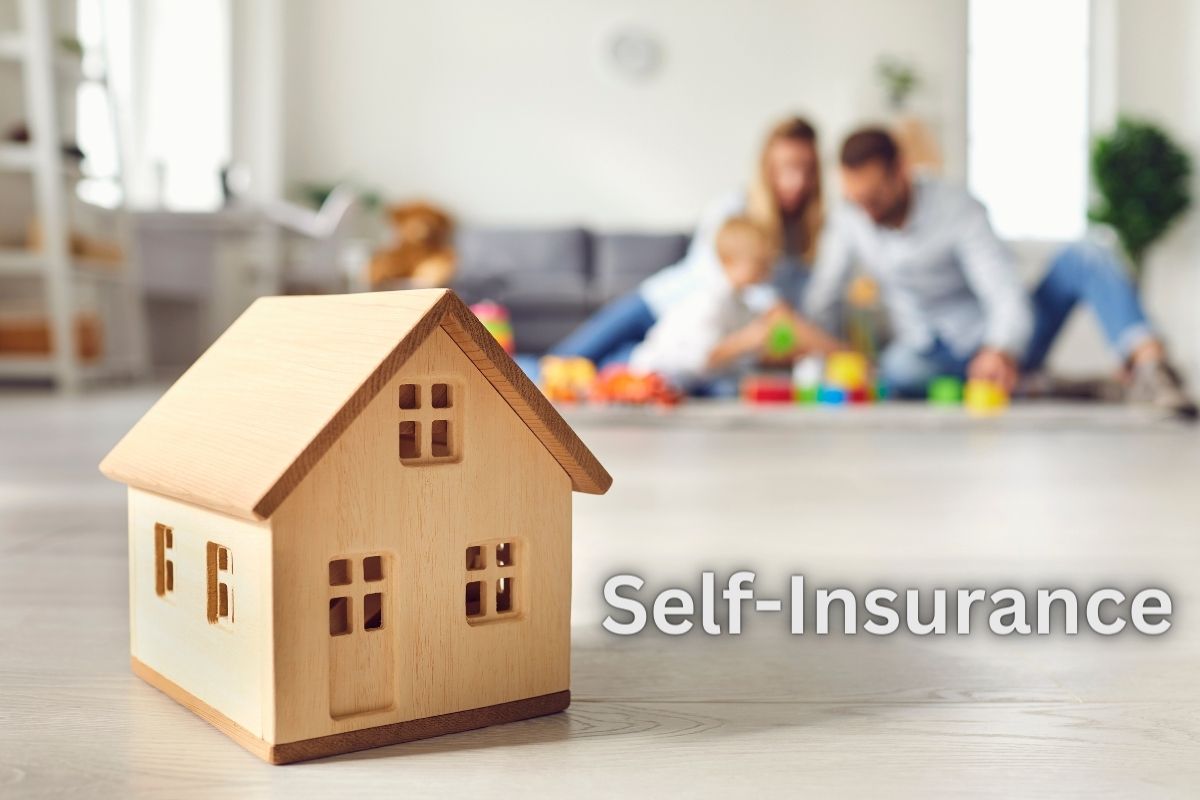The Insurance Information Institute (III) has released the results of a recent survey showing that a growing number of homeowners in Florida are choosing self-insurance for their homes.
This is a worrying trend, as there is a substantial amount of risk associated with this type of coverage.
“It is very risky for homeowners to self-insure,” said Florida’s Insurance Consumer Advocate Tasha Carter when discussing the topic of the growing self-insurance trend in the state. She described talking to people on a daily basis as they receive notices from their insurers that their premiums would rise by double or even triple digit percentages. “Many individuals are concerned that they may be priced out of their homes,” said Carter.

The study from the III showed that property coverage in the state is higher than any other in the country. The average annual premiums are about $6,000 when compared to the national average of $1,700.
The survey showed that about 20 percent of Floridians are now choosing self-insurance.
This shows a tremendous growth rate in the trend, as the percentage of homeowners in Florida who chose to self-insure in 2016 was a much lower 8 percent.
This type of coverage is what happens when a homeowner chooses not to pay into a policy but instead creates a savings account or investment for the money they’d spend on premiums in order to accumulate funds in case they need them. However, this is considered to be very risky for the majority of homeowners.
Typically, only people who own their homes outright can use self-insurance as an option, as mortgage lenders usually require that property owners keep up conventional coverage. Still, even in that situation, there are major risks involved with choosing to self-cover instead of carrying a conventional policy.
According to Carter, there are three main risks associated with this practice. The first is that most homeowners simply won’t have the funds they need if they face a catastrophic loss such as a fire that burns down the entire home. Moreover, due to the nature of an unforeseen circumstance, it’s impossible to know how much money will be required to cover it. Finally, there are components of conventional home insurance policies that go beyond the property itself, such as liability coverage in case someone is injured on the property and sues.

